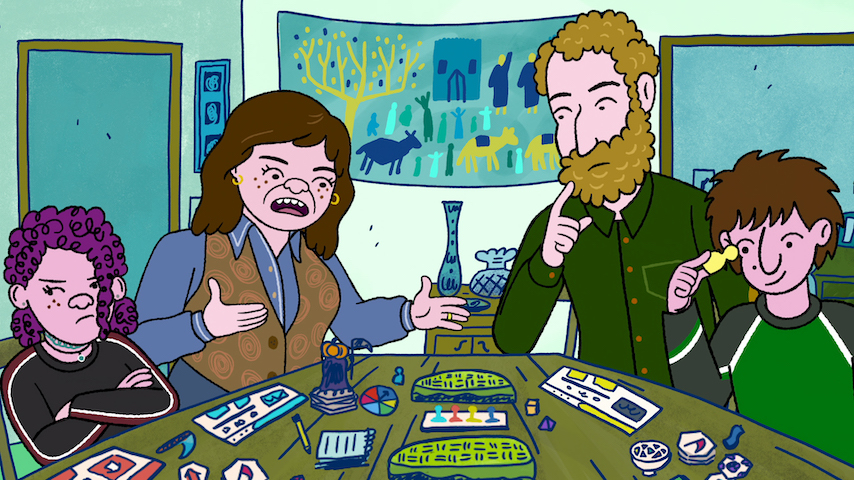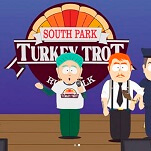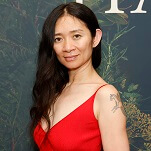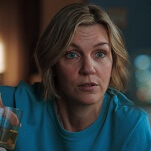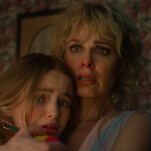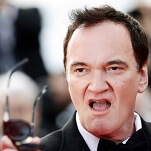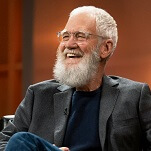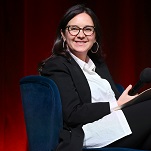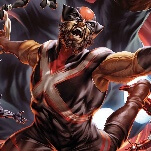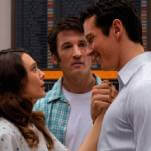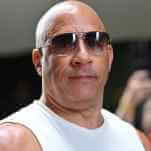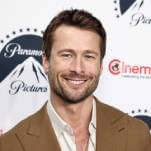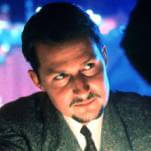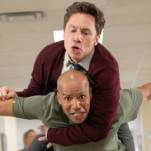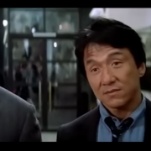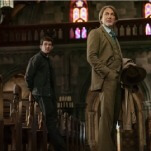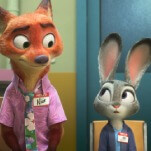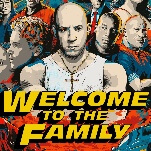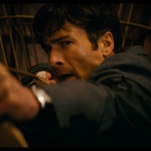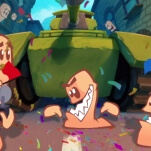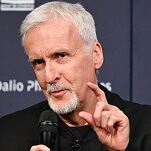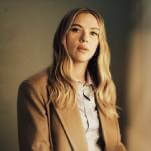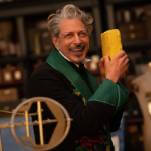[Editor’s note: This piece contains spoilers for Long Story Short.]
If you want a snapshot of the American mood at a given moment in modern history, the family sitcom is a great place to start. Week after week, year after year, we invite these bumbling dads, world-weary moms, and their precocious kids into our homes, sometimes quite literally sitting down to dinner with them. Since this can only happen if viewers find these people relatable, family sitcoms tend to reflect the values and preoccupations of their eras.
Consider the classics: I Love Lucy centered on an interracial couple building a family in 1950s Manhattan; in the ’60s, Bewitched and The Addams Family explored the weirdness lurking in the heart of the suburbs; 1970s series like All In The Family and Sanford And Son explored the everyday lives of the working class; and in the ’80s, The Cosby Show expanded prevailing ideas about what an African American family could look like. Each of these sitcoms is a snapshot of what the people of their respective eras wanted to see when they plopped down on their sofas after a long day at work—an escape from their own worries into someone else’s, with the assurance that things would turn out alright by the time the credits rolled.
These days, many of our most beloved fictional broods are (literally, not metaphorically) two-dimensional. In long-running shows such as The Simpsons, Family Guy, King Of The Hill, and Bob’s Burgers, we’ve been privy to the lives of couples and their kids over the course of decades. And even if the children never grow up, the shows themselves do. The latest member of this pantheon is Netflix’s Long Story Short, created by BoJack Horseman mastermind Raphael Bob-Waksberg. And in a time when forgotten history is coming back to bite us in the collective ass, reflecting what’s on our collective minds means thinking about how the past lives inside the present. It’s all about the ways people change over time, from receding hairlines to rearranged priorities.
Shuttling back and forth across decades, Long Story Short follows the Schwoopers, a Jewish family that calls Northern California home. Over the course of the first season, we witness the ups and downs of three generations of Schwoopers: ex-hippie Boomers Elliot (voiced by Paul Reiser) and Naomi (Lisa Edelstein); their three kids, Avi (Ben Feldman), Shira (Abbi Jacobson), and Yoshi (Max Greenfield); and the children Avi and Shira have with their spouses, Jen (Angelique Cabral) and Kendra (Nicole Byer). Along the way, the family experiences major milestones—bar mitzvahs, marriages, divorces, deaths—as well as the small but significant moments in between.
Any screenwriter will tell you that universal appeal begins with the specifics—and Long Story Short digs deep. Take Naomi: On the surface, she’s your archetypal nagging Jewish mother who routinely criticizes her children and kvetches about the smallest inconveniences. But she’s also a woman who has devoted her life to volunteering at the local JCC and whose suffocating presence in her adult kids’ lives is a corrective for being neglected during her own childhood. She’s present even when she’s absent—the background noise to Avi’s insecurity about his parenting skills, Shira’s rebellious streak, and Yoshi’s ongoing existential crisis.
Naomi’s presence looms even larger after her untimely death during the pandemic. Like many of the big events in the Schwoopers’ lives, we don’t see the moment or its immediate consequences, only the aftermath. The series suggests that these small moments speak volumes. In the episode “Shira Can’t Cook,” for example, the middle Schwooper sibling turns her and Kendra’s bid to land their sons spots at a fancy preschool into an occasion to master her mother’s fiendishly difficult knish recipe.
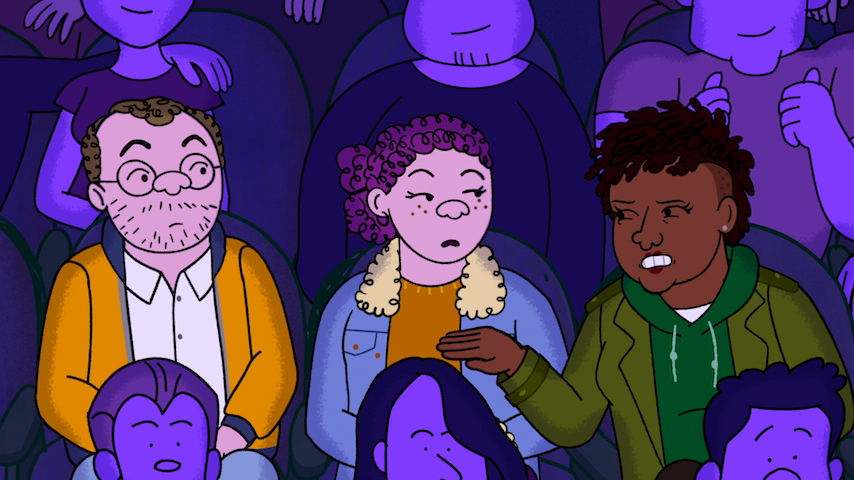
Image: Netflix
It’s hilarious to watch Shira’s inept, obsessive baking turn the family kitchen into a fallout zone. But it’s also a poignant story about a daughter who always resented living in her mother’s shadow trying to gain her approval from beyond the grave. When she finally nails the recipe, it leads to the type of catharsis that can only happen years after the initial grief has settled. Episodes like this make a compelling argument that great sitcoms can be just as moving as prestige dramas—maybe even more so, because in real life, sadness goes hand-in-hand with laughter. It’s reminiscent of “Bad News,” the How I Met Your Mother episode in which the gang helps Marshall (Jason Segel) come to grips with the death of his father.
Long Story Short also offers thoughtful takes on Jewish identity. Avi runs from his own, marrying a shiksa and winding up torn between his principles and responsibilities as a parent when his tween daughter (played by Michaela Dietz) wants to have a bat mitzvah. Then there’s Kendra, a singular TV character: a Black woman who converts to Judaism as an adult. (The episode about what led her down this path, “Kendra’s Job,” is a season highlight.) Meanwhile, Yoshi’s quest to discover his life’s purpose culminates in a decision to go full Orthodox—a stark contrast to the Reform Judaism he was raised with.
The series occupies a unique place in pop-culture history. One of the earliest American television sitcoms was 1949’s The Goldbergs, a slice-of-life story about a Jewish family living in a Bronx tenement. Since then, Semitic-centric family TV comedies have been few and far between. We’ve gotten more in recent years with shows like Transparent, The Marvelous Mrs. Maisel, and The Goldbergs (no relation to its ’40s predecessor). But in animation, the goys have long remained supreme.
It’s extraordinary that the complexity of Long Story Short can exist side-by-side with slapstick comedy and snappy one-liners—and that’s down to the skills Bob-Waksberg honed on BoJack, another cartoon that perfectly balanced the wacky with the elegiac. Thankfully, it’s also clear that Netflix knows a good thing when it sees one: The streamer renewed the series for a second season ahead of the premiere. By the end of season one, it’s hard not to be heavily invested in the lives of the Schwoopers and eager to see the show fill in even more blanks. So raise a glass of Manischewitz to a long story that’s anything but short.
